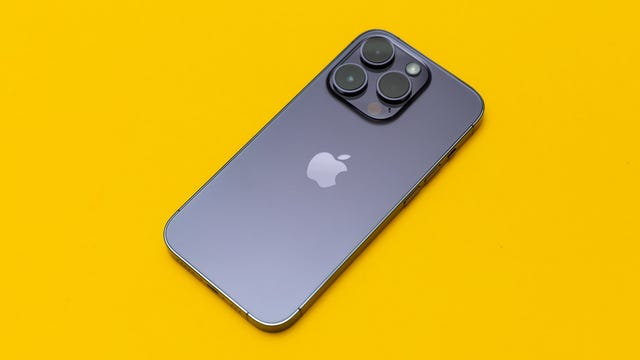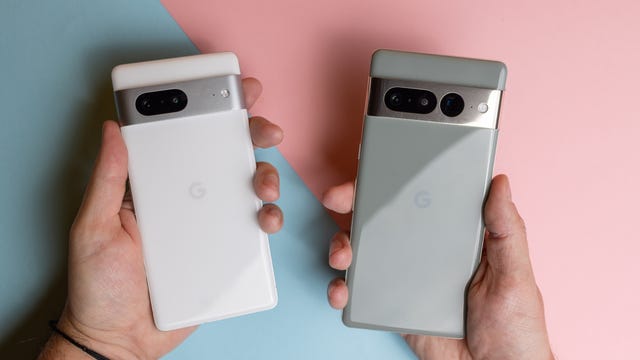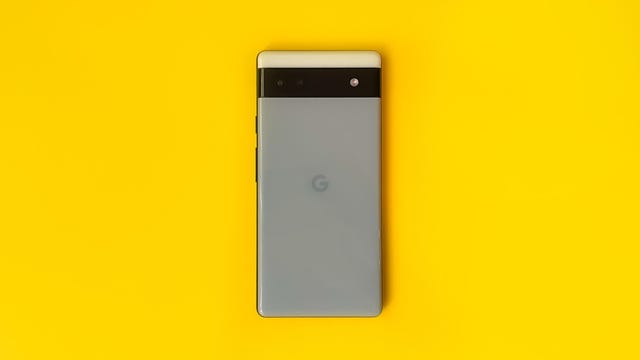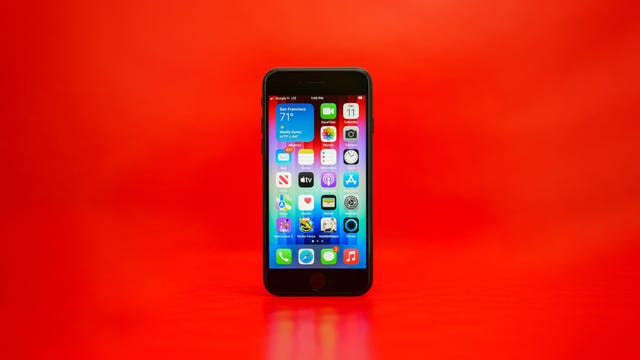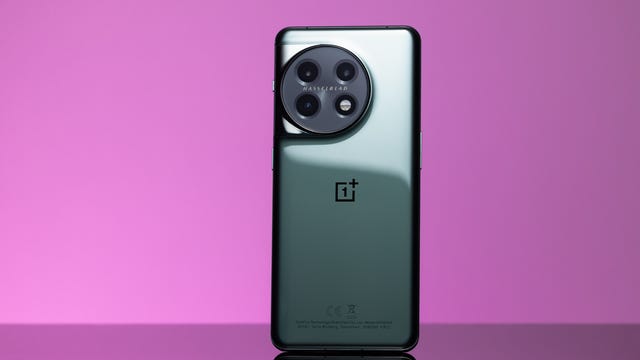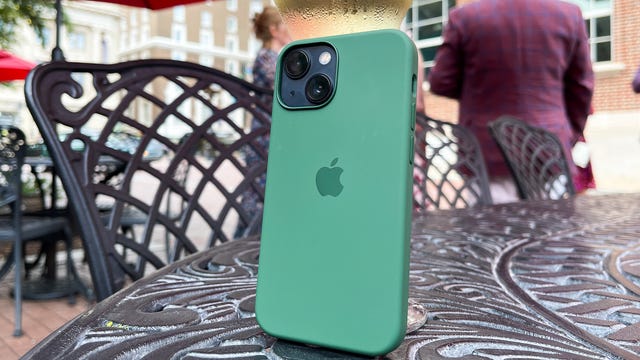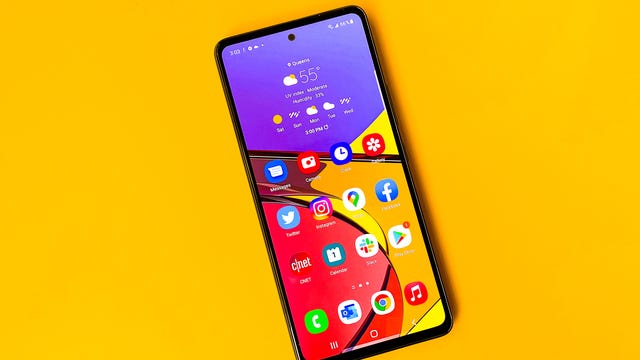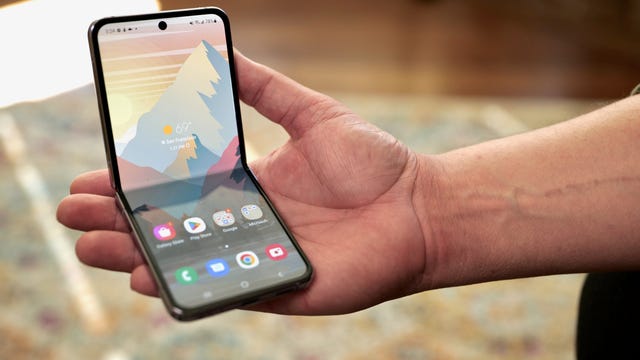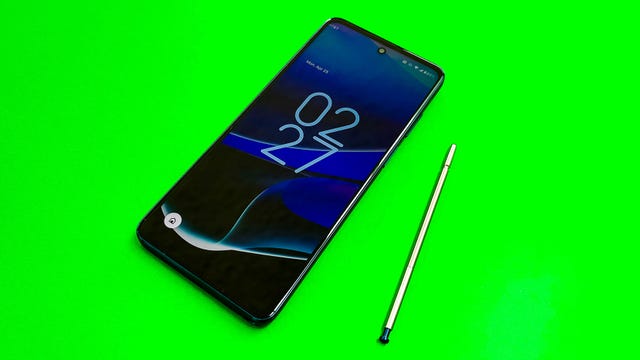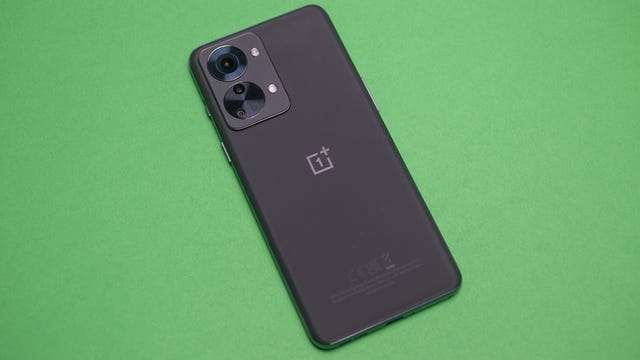Technologies
Best 5G Phones of 2023
Looking to get the fastest data possible? We’ve got picks for the best 5G phones out there.
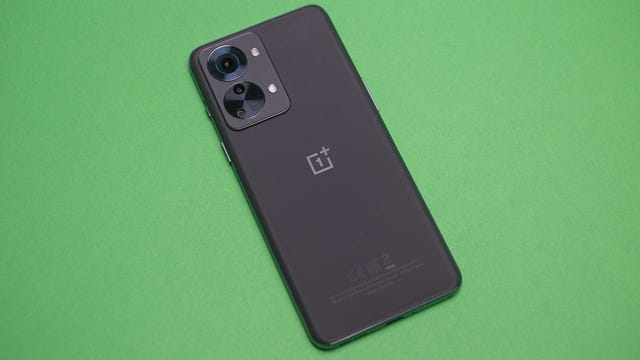
Most of the latest flagship phones from Apple, Samsung and Google — including the iPhone 14, iPhone 14 Pro, the Galaxy S23 range, the Pixel 7 and Pixel 7 Pro — are 5G-ready in order to deliver the fastest data speeds possible across your wireless network. And while they tend to be pricey, there are plenty of affordable 5G options like the Google Pixel 6A and Apple’s cheapest, the 2022 iPhone SE. Rest assured, you should be able to find a good 5G-ready phone at a price you’re comfortable with.
Though it won’t replace 4G in its entirety, 5G is the next generation of mobile connectivity. 5G works fast, and many industries and products can benefit from the upgraded network, including drones, self-driving cars and internet-of-things devices. Its growth across the US, the UK and the wider world has been fast, but it’s still not everywhere quite yet, so make sure 5G coverage is available — or at least coming soon — in your area before you spend your cash on a 5G-enabled handset.
Remember that a 5G phone will still work as normal on a 4G network (albeit at lower speeds), so don’t be afraid of buying a 5G phone like the S23 Ultra or iPhone 14 even if you aren’t in a 5G zone. It’s good practice to future-proof yourself; you may not be in a 5G zone right now, but it may well be that 5G will come to your area in the three years or so you have your phone, so at least you’ll be ready to take advantage of it when it arrives.
Advertiser Disclosure
With 5G handsets being offered by every major phone manufacturer now, it can be difficult to work out which is best for you. We’ve done some of the hard work and put together a list of our top 5G-enabled phones that you can go and buy right now.
What is the best 5G phone right now?
In 2023, there isn’t one specific phone that stands conspicuously head and shoulders above the others. If you’re an iOS user the best phone you can buy is the iPhone 14 Pro. It has an A16 Bionic processor, a new main camera with a larger and higher megapixel sensor, and the Dynamic Island, a display cutout that shows system alerts and background activities.
If you’re on Android, our favorite phone is the Google Pixel 7 Pro. We like it better than the Samsung Galaxy S23 Ultra mainly because, at $899, the Pixel 7 Pro costs $300 less than the S23 Ultra. The Pixel has an upgraded camera, runs on Google’s Tensor G2 chip and comes with exclusive goodies like Photo Unblur.
Best 5G phones of 2023
Apple’s iPhone 14 Pro and Pro Max introduce a variety of changes, like the Dynamic Island instead of the old notch, a new 48-megapixel camera system that’s seriously impressed us, and the new A16 Bionic processor. All these upgrades come together to make for an experience that feels fresh and fast compared with older generations.
It’s the most expensive iPhone you can buy, especially if you opt for the larger Max version, but if you want the high performance and stellar camera quality of Apple’s top phone, then the iPhone 14 Pro is for you.
Google’s Pixel 7 range has seriously impressed us with the combination of a slick refreshed design, superb cameras and a smooth overall experience which makes both these phones a joy to use. At $599 the base Pixel 7 is an affordable option for those of you looking for a solid Android phone for all of your everyday needs.
The Pixel 7 Pro has a larger $899 price tag, for which you get a larger display and a more fully-featured camera system that includes a superb telephoto zoom lens. Otherwise its processor and interface is the same as the cheaper model, so it’s worth considering how important the extra camera features are.
The Galaxy S23 is a lot, but in a good way. It’s more than most people need in a phone, but that doesn’t make it any less impressive. Samsung made improvements to the camera’s resolution (200 megapixels compared to 108 megapixels), color tones and dynamic range, while retaining the same edgy design and massive 6.8-inch screen as its predecessor. There’s also a new Qualcomm Snapdragon 8 Gen 2 processor that’s been optimized specifically for Samsung’s phones, which brings faster performance compared to the Galaxy S22 Ultra.
With a starting price of $1,200, it may be an understatement to call this phone expensive. But those willing to pay more for a giant screen and a high-quality, versatile camera won’t be disappointed. Read our full review of the Galaxy S23 Ultra.
The Pixel 6A is Google’s most affordable phone, replacing the Pixel 5A as the $449 device in its lineup. CNET’s Lisa Eadicicco called it the «best Android phone under $500» in her Pixel 6A review, calling out how it keeps the same Tensor chip seen in the $599 Pixel 6 and many of its features.
The phone is slightly smaller than the Pixel 6, featuring an 6.1-inch OLED display and a refresh rate of 60Hz. And it has a similar camera to the Pixel 5A, including a 12.2-megapixel main camera and a 12-megapixel ultrawide camera. But by including the Tensor chip, photos can benefit from its Real Tone skin tone feature, Face Unblur, Night Sight for darker photography and the Magic Eraser for removing unwanted elements from a photo.
The iPhone SE may be the cheapest phone Apple produces, but it still comes with superfast 5G. While it lacks the camera prowess of the much more expensive iPhone 13 Pro, it runs the latest iOS 15 software and uses the same processor found in the higher-end models, making it a great phone for everyday use and light gaming.
The $700 OnePlus 11 is a powerful phone that’s well equipped to handle gaming, video streaming and other common tasks. In typical OnePlus fashion, this phone is also cheaper than the Galaxy S23 and Pixel 7 Pro. The cameras aren’t the best, but they’re fine for casual photographers that just want to capture their next vacation or a night out. What sets the OnePlus 11 apart from many of its rivals is its blazing fast 100-watt fast charging, which can replenish the battery in just 25 minutes. (The US version only supports 80-watt charging, but that’s still an improvement over the Galaxy S23 Ultra’s 45-watt charging). Overall, the OnePlus 11 is ideal for those who want a powerful phone that charges quickly and won’t break the bank. Read our full review of the OnePlus 11.
Although Apple’s new iPhone 14 range didn’t bring with it a new iPhone Mini, it has resulted in last year’s iPhone 13 Mini being offered at a lower $599 starting price. If you’re someone who prefers smaller, pocket-friendly devices, this is a good option to consider. The 6.1-inch iPhone 13 Mini is easy to use with one hand and even fits into tight jean pockets. While battery life isn’t as strong as others in the range, this petite Apple iPhone doesn’t sacrifice on camera capabilities or processing power.
Samsung’s new Galaxy A53 5G has a lot to offer for the price. With a spacious 6.5-inch display, a camera with cameras for wide, ultrawide and macro shots and long battery life, it’s easy to forget this phone costs just $450. That also makes it $50 cheaper than its predecessor, and Galaxy A53 5G is guaranteed to get at least four generations of Android updates. It supports all three flavors of 5G: sub-6GHz, C-band and millimeter-wave.
The Z Flip 4 is a phone that folds in half to become a smaller phone. When it’s open, this Samsung Galaxy phone has a big 6.7-inch display, but fold it in half and it becomes a small square that’s easy to slide into a jeans or jacket pocket. This latest generation of Samsung’s compact folding phone brings various refinements to the table including a more robust hinge and improved cameras.
The price for these quirky foldables is still higher than a regular smartphone, so you’re certainly paying a hefty premium for that folding novelty. Still, if you love the idea of having cutting-edge bendable mobile tech in your pocket, the Z Flip 4 is one of the best options to go for right now.
The Moto G Stylus 5G (2022) for $500 is one of the best stylus-equipped phones you can get right now, especially for the price. You get Android 12, 5G connectivity, a large 6.8-inch screen and a spacious 256GB of storage. Unfortunately, the phone is only promised one software update and three years of security updates, which is a much shorter timeline than the four years promised by Samsung for the Galaxy A53.
Yet if you want a stylus-equipped phone, the next step-up option is the substantially more expensive Galaxy S22 Ultra at $1,200. Read our Moto G Stylus 5G review.
OnePlus’s Nord range is sold exclusively in Europe, so people in the US will have to look on envy at this great-performing, budget 5G phone. The Nord 2T has power enough for all your everyday essentials, handles gaming perfectly well, has a decent camera setup for the price and comes with extra features including 80W fast charging, a 90Hz refresh rate and, yes, 5G speeds.
It’s a solid phone to consider if you’re looking for a flagship experience without spending top-end levels of cash.
How we test phones
Every phone on this list has been thoroughly tested by CNET’s expert reviews team. We actually use the phone, test the features, play games and take photos. We assess any marketing promises that a company makes about its phones. And if we find something we don’t like, be it battery life or build quality, we tell you all about it.
We examine every aspect of a phone during testing:
- Display
- Design and feel
- Processor performance
- Battery life
- Camera quality
- Features
We test all of a phone’s cameras (both front and back) in a variety of conditions: from outdoors under sunlight to dimmer indoor locales and night time scenes (for any available night modes). We also compare our findings against similarly priced models. We have a series of real world battery tests to see how long a phone lasts under everyday use.
We take into account additional phone features like 5G, fingerprint and face readers, styluses, fast charging, foldable displays and other useful extras. And we, of course, weigh all of our experiences and testing against the price so you know whether a phone represents good value or not.
Read more: How we test phones
5G phone FAQs
Are 5G phones more expensive?
Yes. As more and more phones are released that support 5G connectivity, the prices of those phones have typically gone higher. Part of the increase in price is for the 5G modem. And while the majority of phones now include 5G connectivity, not every phone’s price has risen. The iPhone 14 Pro still has the same $999 price that the 13 Pro, 12 Pro, 11 Pro, XS and iPhone X had when each was released.
Is a 5G phone better than a 4G phone?
Technically, no. A smartphone’s cellular connectivity doesn’t really determine whether a phone is better than another. Having 5G support on a phone does help future-proof it as carriers continue to roll out and upgrade their towers to 5G. Since the majority of phones now come with 5G support, there really isn’t a way to compare them to 4G ones. For example, the iPhone 14 Pro supports 4G and 5G. There isn’t a 4G-only version in the US.
More phone advice
Technologies
TikTok and FIFA Team Up for World Cup 2026 Coverage
A new team-up aims to make this summer’s tournament more accessible for fans.
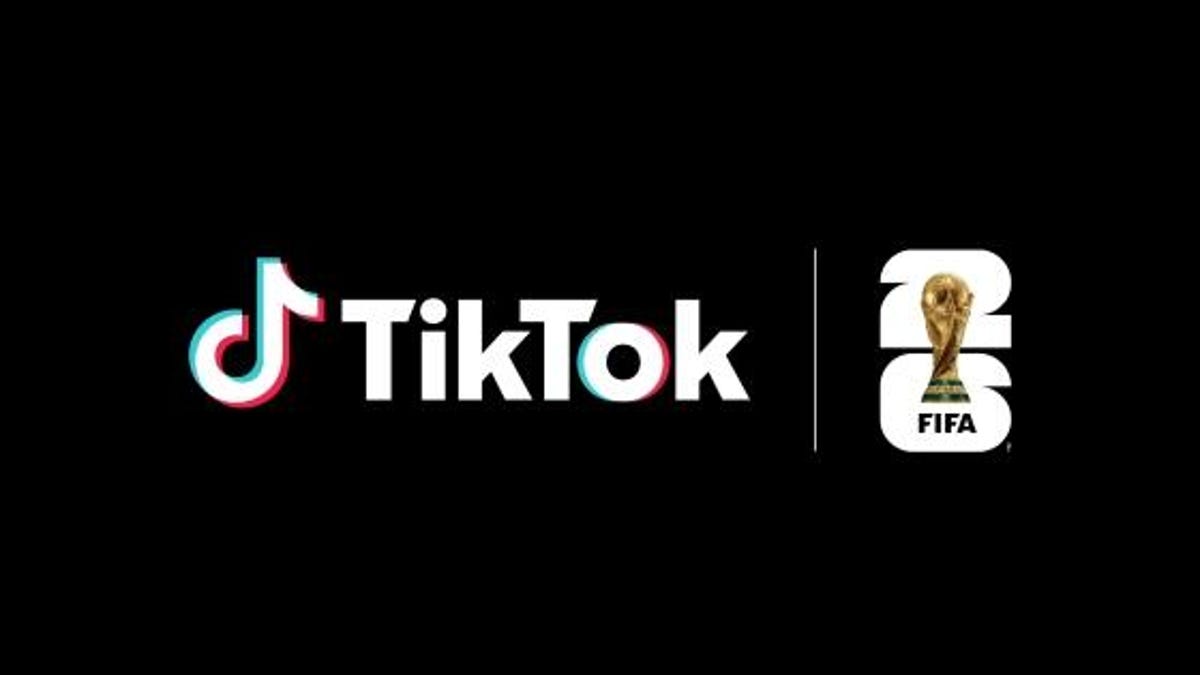
If you hadn’t already planned on swiping on TikTok videos of the 2026 FIFA World Cup, a new partnership between the social media platform and tournament organizer FIFA could motivate you to start stretching out your thumbs.
As the soccer tournament nears — it will take place from June 11 to July 19 and span 16 host cities in Canada, Mexico and the US — TikTok will become FIFA’s first «preferred platform.» According to a FIFA statement on Thursday, this entails TikTok providing more coverage of the World Cup, including original content and even livestreaming of some portions of matches.
Don’t miss any of our unbiased tech content and lab-based reviews. Add CNET as a preferred Google source.
You can use the FIFA World Cup 2026 hub on TikTok to find content, match tickets and viewing information, as well as participation incentives such as custom stickers and filters.
In the US, World Cup games will air live across Fox and FS1. If you don’t have cable, you can get a live TV streaming service, such as YouTube TV, which includes those channels. Additionally, every match will stream live on Fox One and the Fox Sports app.
«FIFA’s goal is to share the exhilaration of the FIFA World Cup 2026 with as many fans as possible,» FIFA Secretary General Mattias Grafström said.
Technologies
Today’s NYT Connections: Sports Edition Hints and Answers for Jan. 9, #473
Here are hints and the answers for the NYT Connections: Sports Edition puzzle for Jan. 9, No. 473.
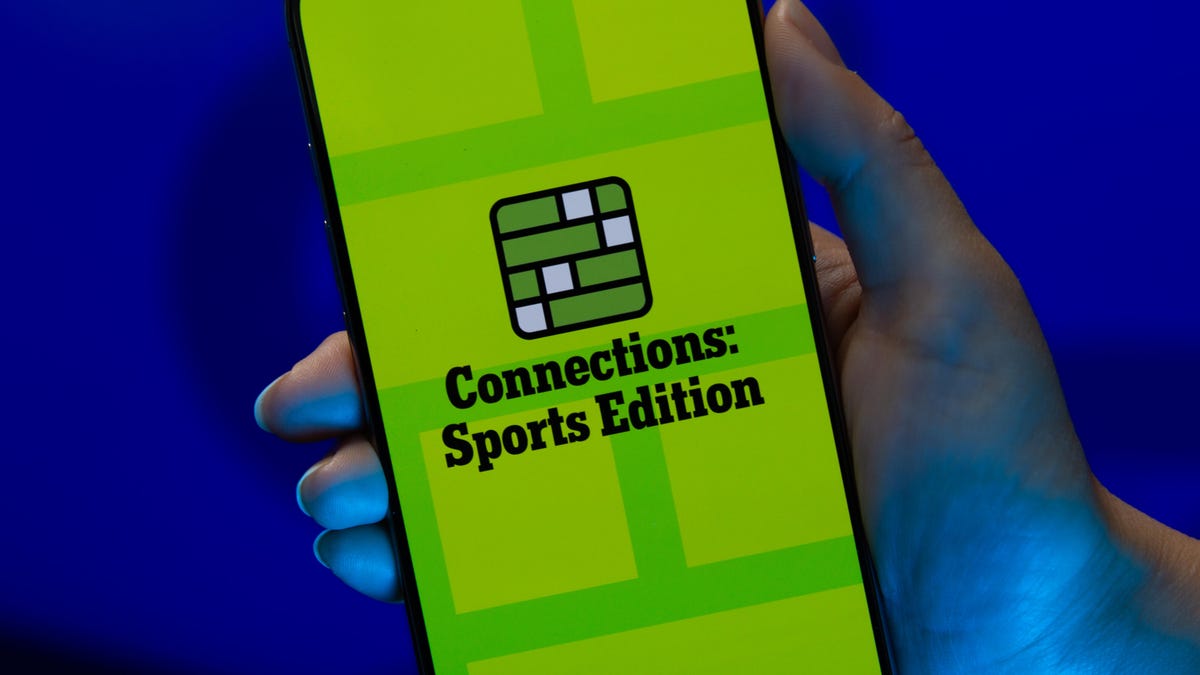
Looking for the most recent regular Connections answers? Click here for today’s Connections hints, as well as our daily answers and hints for The New York Times Mini Crossword, Wordle and Strands puzzles.
Today’s Connections: Sports Edition might be tough, if you don’t know your sports venues. If you’re struggling with today’s puzzle but still want to solve it, read on for hints and the answers.
Connections: Sports Edition is published by The Athletic, the subscription-based sports journalism site owned by The Times. It doesn’t appear in the NYT Games app, but it does in The Athletic’s own app. Or you can play it for free online.
Read more: NYT Connections: Sports Edition Puzzle Comes Out of Beta
Hints for today’s Connections: Sports Edition groups
Here are four hints for the groupings in today’s Connections: Sports Edition puzzle, ranked from the easiest yellow group to the tough (and sometimes bizarre) purple group.
Yellow group hint: Are you ready for some playoffs?
Green group hint: Up! Down!
Blue group hint: Where teams play.
Purple group hint: Not angels.
Answers for today’s Connections: Sports Edition groups
Yellow group: NFL playoff rounds.
Green group: Jumping ability.
Blue group: NBA arenas.
Purple group: ____ devils.
Read more: Wordle Cheat Sheet: Here Are the Most Popular Letters Used in English Words
What are today’s Connections: Sports Edition answers?
The yellow words in today’s Connections
The theme is NFL playoff rounds. The four answers are conference championship, divisional, Super Bowl and wild card.
The green words in today’s Connections
The theme is jumping ability. The four answers are bounce, bunnies, hops and ups.
The blue words in today’s Connections
The theme is NBA arenas. The four answers are Delta, FedEx, Scotiabank and Spectrum.
The purple words in today’s Connections
The theme is ____ devils. The four answers are blue, New Jersey, red and sun.
Don’t miss any of our unbiased tech content and lab-based reviews. Add CNET as a preferred Google source.
Technologies
Speediance’s Compact Resistance Trainer and Wearable Make Wellness and Fitness More Connected
Speediance unveils a portable strength training device and a wearable at CES.
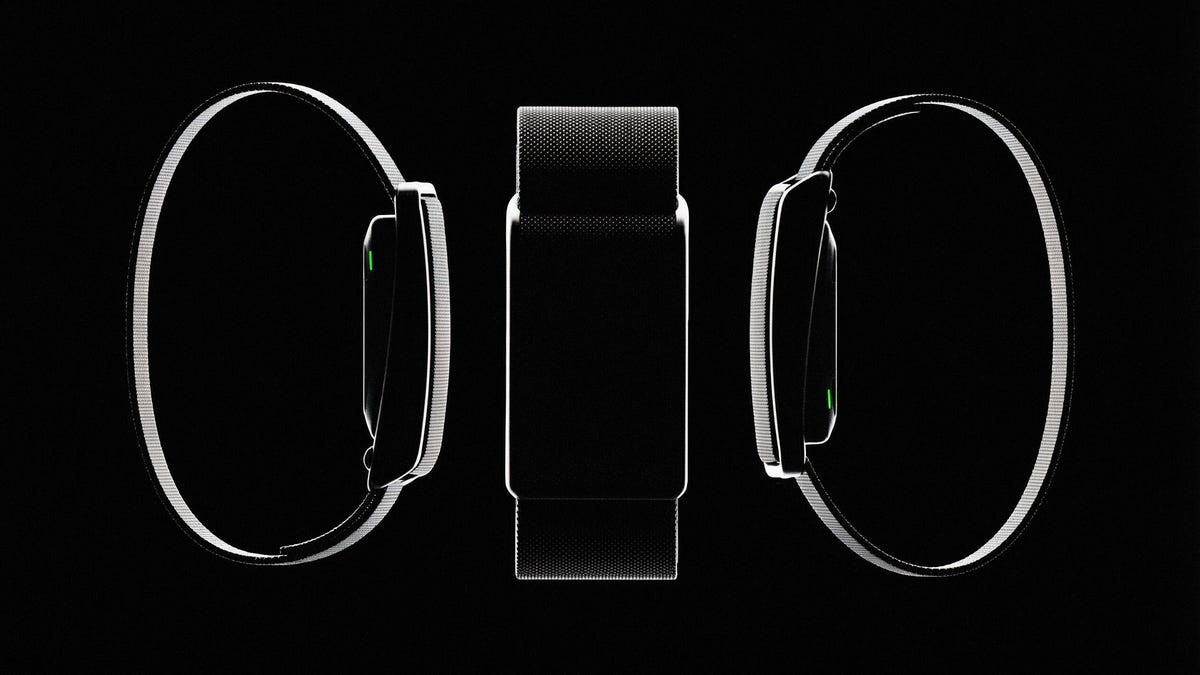
Speediance unveiled its new Gym Nano and Speediance Strap products this week at CES 2026. The smart fitness equipment manufacturer, which previously developed its own smart home gym, the Gym Monster 2, designed the Gym Nano and Speediance Strap to complement its current equipment ecosystem.
«Rather than developing products in isolation, we’re building a comprehensive training and health ecosystem that adapts to users’ real lives and empowers better decision-making over time,» Speediance founder and CEO Liu Tao said in a statement.
Speediance used the consumer tech expo in Las Vegas to demonstrate the Gym Nano, a portable, motor-driven cable resistance training system designed to occupy minimal space for those who prefer to work out at home. The strap is a prototype wearable device designed to read your health data and provide training recommendations based on this insight.
CNET previously tested Speediance’s VeloNix AI Smart Bike and named it the best AI-powered exercise bike.
Don’t miss any of our unbiased tech content and lab-based reviews. Add CNET as a preferred Google source.
Gym Nano
The Gym Nano is a compact digital cable resistance machine trainer that fits any space and delivers full-body workouts. It’s meant to make strength training at home easier if you have limited space and can’t commit to larger home gym equipment.
The Gym Nano offers up to 220 pounds of resistance through adjustable 1-pound increments. It also has five dynamic weight modes: Eccentric, Chain, Standard, Fixed Speed and Sled.
Speediance Strap
The Speediance Strap is a screen-free wearable that collects data related to your sleep, training and core body temperature. It then uploads and shares this data to the Speediance Wellness Plus app, where it makes suggestions for your daily training and recovery based on this information.
The strap can be used for both endurance and strength training activities and recognizes various types of exercises, movement patterns, training volume and other insights that can help you learn how well your body is responding to your training.
The Speediance Strap is a screen-free wearable that collects data related to your sleep, training and core body temperature. It then uploads and shares this data to the Speediance Wellness Plus app, where it makes suggestions for your daily training and recovery based on this information. Similar to other wearables, the Speediance Strap assesses your readiness each day and can detect stress factors to determine if you should focus more on recovery on that day.
«With Speediance Strap, we are exploring how wearable data can function as part of a decision-support layer within a connected fitness system, rather than existing as isolated metrics,» Tao said in a statement.
Additionally, everyday insights (like core and recovery data) will be free to you unless you want to upgrade to the Wellness Plus access, which will come at an additional cost to receive long-term insights and AI planning.
It’s unclear when the Gym Nano will be available for purchase, but the Speediance Strap is expected to launch through a Kickstarter campaign in spring 2026.
-

 Technologies3 года ago
Technologies3 года agoTech Companies Need to Be Held Accountable for Security, Experts Say
-

 Technologies3 года ago
Technologies3 года agoBest Handheld Game Console in 2023
-

 Technologies3 года ago
Technologies3 года agoTighten Up Your VR Game With the Best Head Straps for Quest 2
-

 Technologies4 года ago
Technologies4 года agoBlack Friday 2021: The best deals on TVs, headphones, kitchenware, and more
-

 Technologies4 года ago
Technologies4 года agoGoogle to require vaccinations as Silicon Valley rethinks return-to-office policies
-

 Technologies4 года ago
Technologies4 года agoVerum, Wickr and Threema: next generation secured messengers
-

 Technologies4 года ago
Technologies4 года agoOlivia Harlan Dekker for Verum Messenger
-

 Technologies4 года ago
Technologies4 года agoiPhone 13 event: How to watch Apple’s big announcement tomorrow

